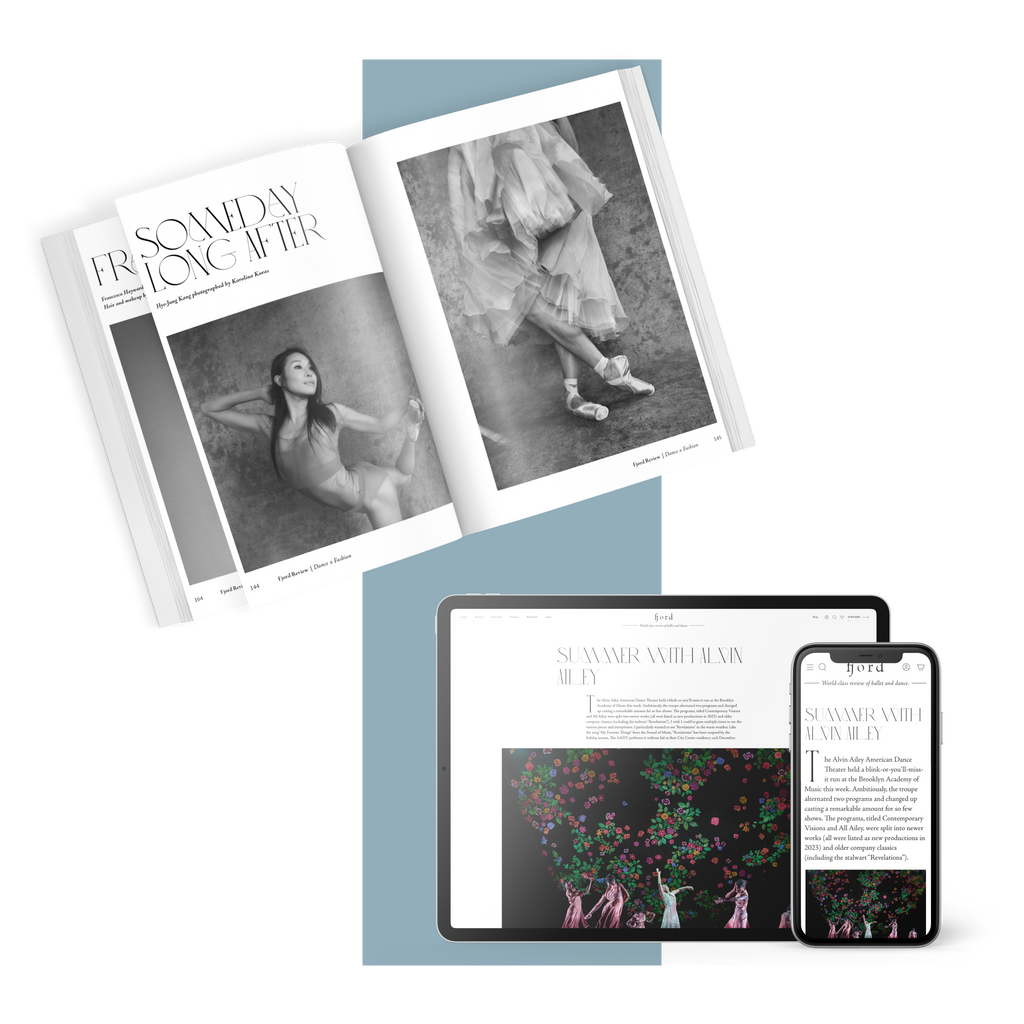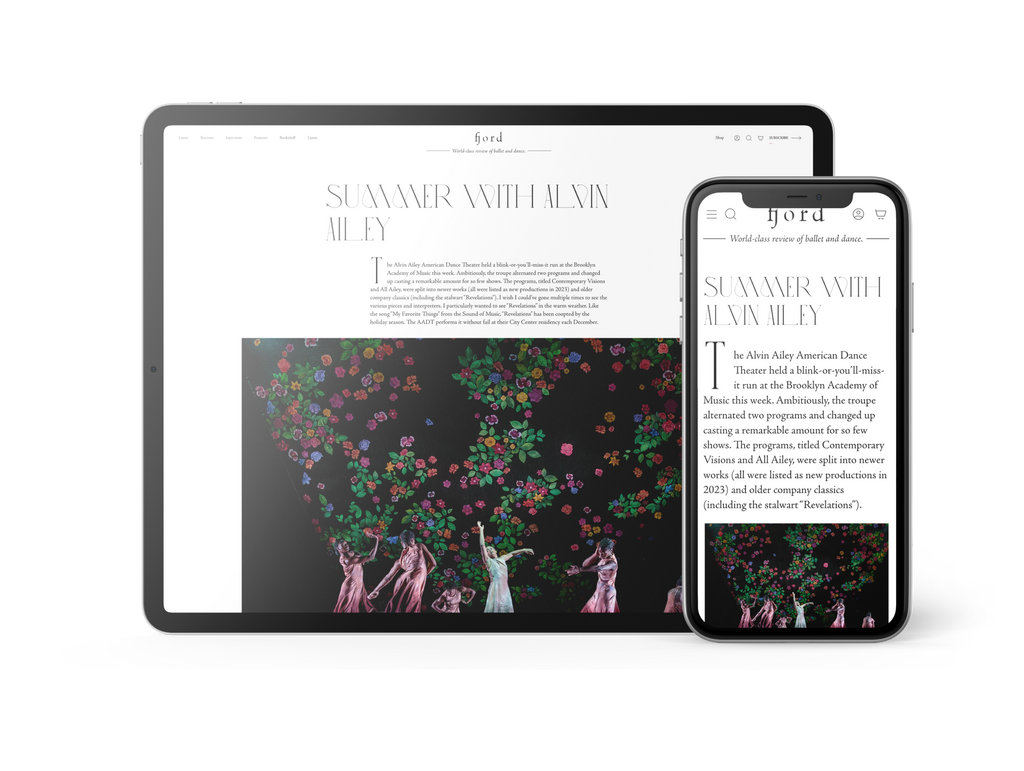Dancing in Circular Time
Amrita Hepi, a choreographer with Bunjalung and Ngāpuhi roots, has come a long way from her home in the Pacific.
Plus
World-class review of ballet and dance.
“Dance is a fragile thing—it only exists in the moment you do it, and then it’s gone.” So Robert Cohan reminded us when he took to the stage at the end of this gala, organised to celebrate his 90th birthday and honour his many achievements on stage and in the studio. The American choreographer—who trained with Martha Graham and famously went on to partner her in some of her biggest works—has a devoted following the world over, but he’s especially beloved in the UK, where the dance scene would look distinctly different had he not teamed up with Robin Howard five decades ago to, in his words, “bring an injection of American contemporary dance to Britain.” The pair launched London Contemporary Dance Theatre in 1967, which nurtured the UK’s first generation of modern dancers, churning out some of the country’s top talent (including Siobhan Davies) during its 25-year run and laying the groundwork for another seminal contemporary troupe: Richard Alston Dance Company. The site of all this creativity? The Place, where an enthusiastic audience greeted Cohan last week, eager to witness this mini-retrospective on his artistic legacy.
Performance
Place
Words

Tony Adigun's “Wilderness.” Photograph by Camilla Greenwell


“Uncommonly intelligent, substantial coverage.”
Your weekly source for world-class dance reviews, interviews, articles, and more.
Already a paid subscriber? Login
Amrita Hepi, a choreographer with Bunjalung and Ngāpuhi roots, has come a long way from her home in the Pacific.
PlusSir Kenneth MacMillan began his choreography for “Manon” with the pas de deux, and from this shining, central point spun outward. Building the story from its heart, almost as if from the inside out, the pas de deux reveals not only the emotional connection between the two dancers, but their place in the world.
PlusIf the ballet world now seems inundated with Dracula productions, Frankenstein adaptations are a rarer sight.
PlusIt’s amusing to read in Pacific Northwest Ballet’s generally exceptional program notes that George Balanchine choreographed the triptych we now know as “Jewels” because he visited Van Cleef & Arpels and was struck by inspiration. I mean, perhaps visiting the jeweler did further tickle his imagination, but—PR stunt, anyone?
Plus
comments